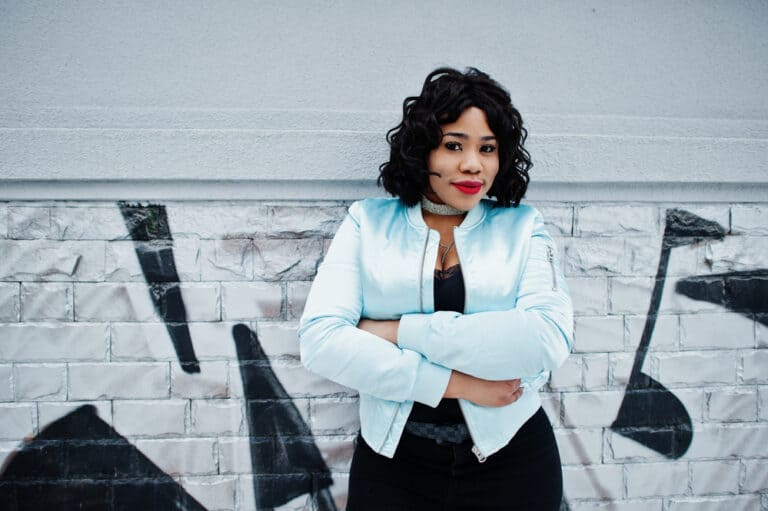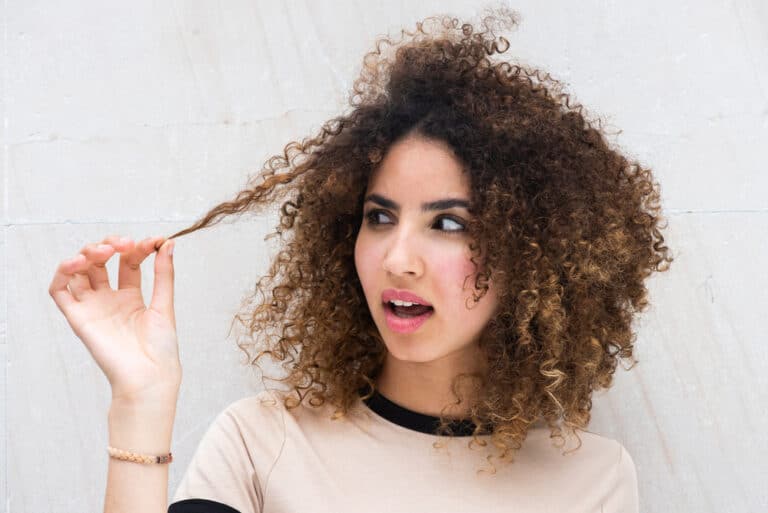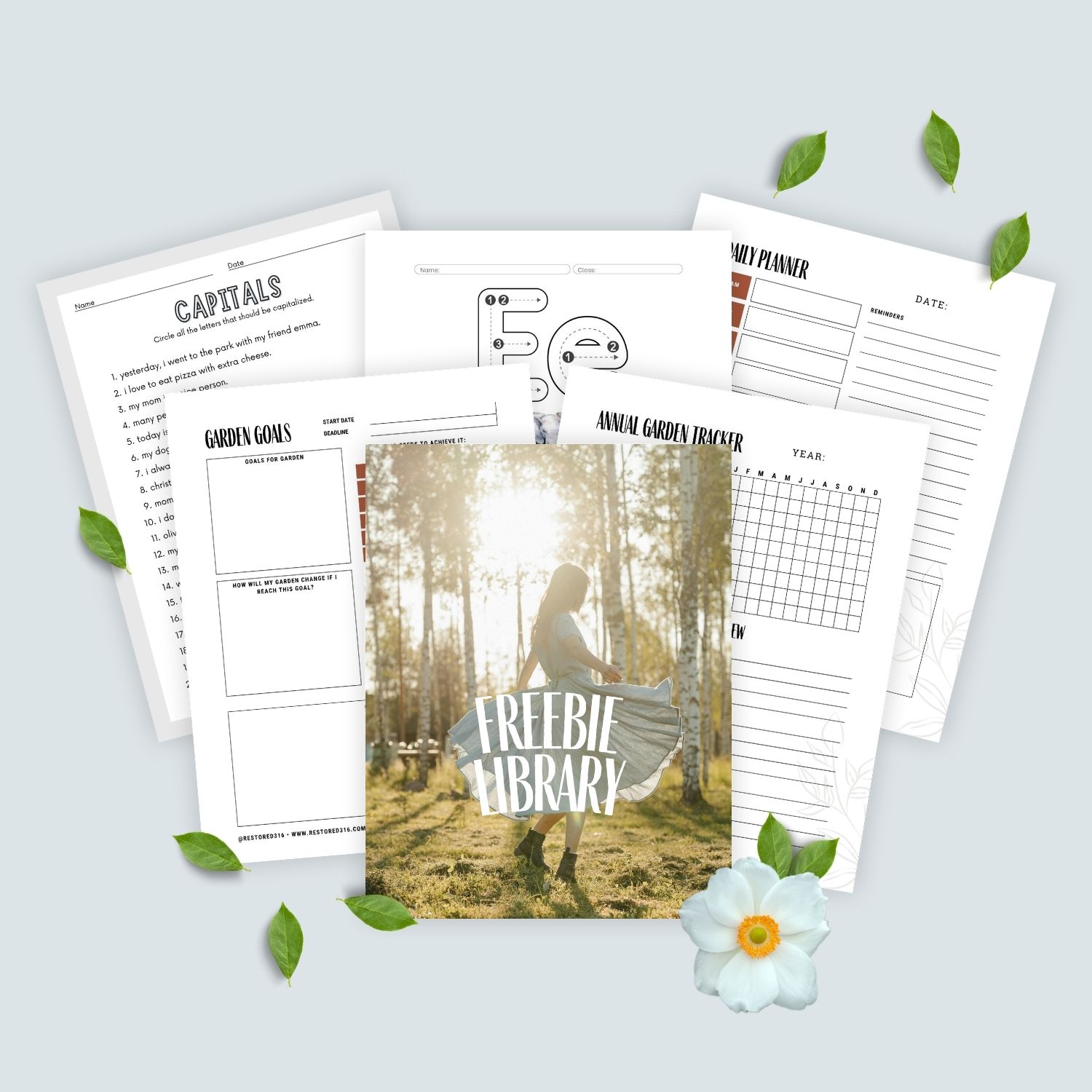Buckshot Hair Meaning Explained: How to Fix Curly Buckshots
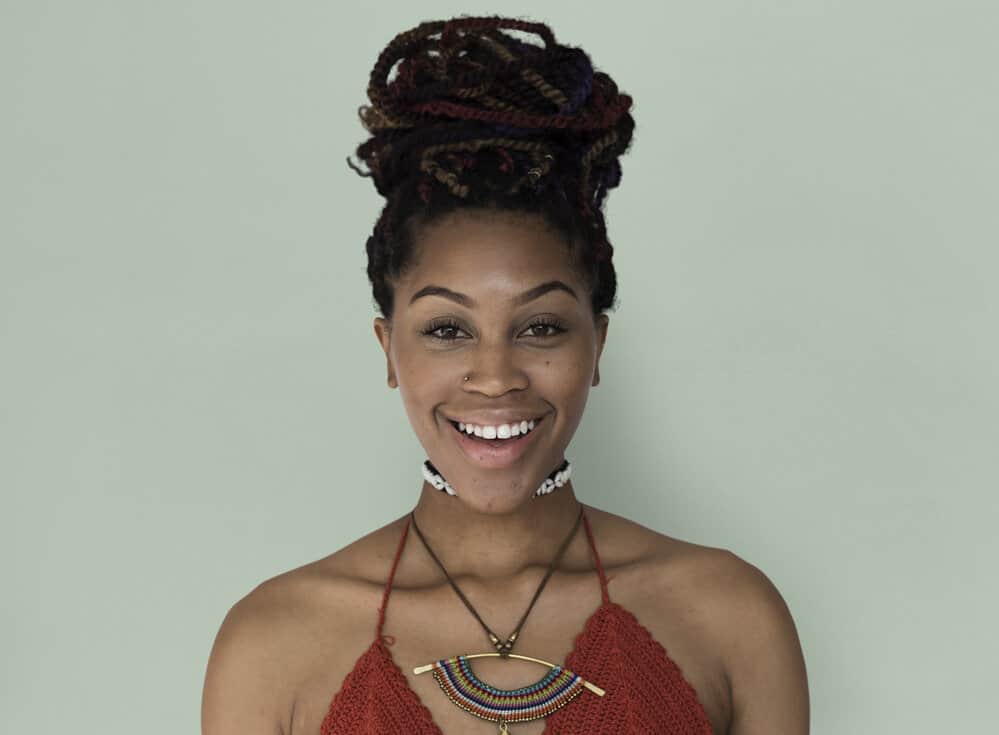
If you’re Black (or African American), chances are you’ve heard the term “buckshots” hurled around as an insult. But do you know what it means? In this article, we’ll discuss the meaning of buckshot hair strands and how to deal with them.
Table of Contents
- 1 What Are Buckshots?
- 2 What Causes Buckshot Hair Curls?
- 3 9 Ways to Fix Damaged, Unruly Hair
- 3.1 1. Use a Deep Conditioner
- 3.2 2. Use a Hot Oil Treatment
- 3.3 3. Get a Trim
- 3.4 4. Don’t Wear Tight Hairstyles
- 3.5 5. Be Careful When Detangling Your Hair
- 3.6 6. Avoid Using Heat Styling Tools
- 3.7 7. Be Gentle With Your Hair
- 3.8 8. Avoid Using Chemical Treatments
- 3.9 9. Don’t Be Afraid to Ask For Help
- 3.10 Related Articles
What Are Buckshots?
In short, buckshots are unkempt patches of hair that usually grow down the back of someone’s neck. They’re coarse, dry, and resistant to detangling.
Most people opt to shave them off, but with proper hair care and regular deep conditioning, buckshots (or beady beads) can be transformed into healthier, shinier hair strands.
Though the term “buckshots” carries negative connotations, not everyone intends to offend when they use it.” Sometimes, it’s no more than a descriptor for a certain type of hair.
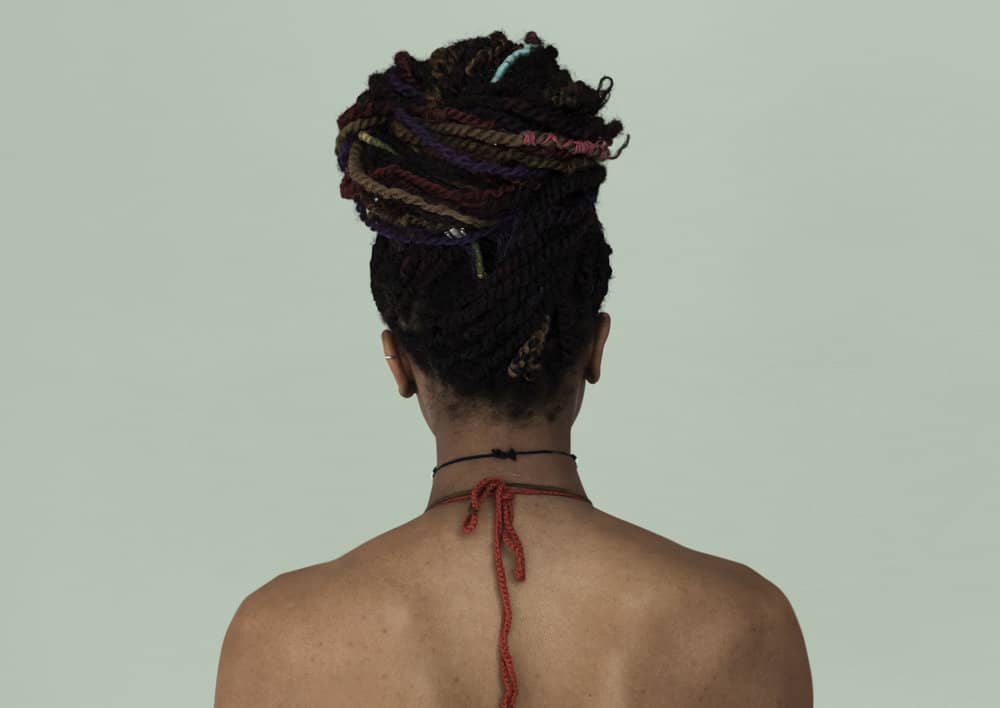
What Causes Buckshot Hair Curls?
If you’re wondering what causes buckshots, this section is for you. There are several reasons why buckshots may form on the hairline. Some of the most common causes include:
Hormonal Changes
Buckshots can form along the hairline for various reasons, but one of the most common causes is hormonal changes. This is because hormones can affect how the hair grows and behaves.
Sudden changes in hormone levels can cause the hair to become more coarse, dry, and resistant to detangling. As a result, unruly patches may start to form. If you suspect that hormonal changes are to blame for your buckshots, consult a medical professional.
Genetics
Buckshots are a common problem for African American people, especially those with super kinky hair (for example, type 4D curls). Unfortunately, the kinkier the hair, the harder it is for sebum (scalp oils) to travel down the length of each strand.
Instead of moisturizing the hair, the oils accumulate at the roots, leaving the ends dry and prone to breakage.
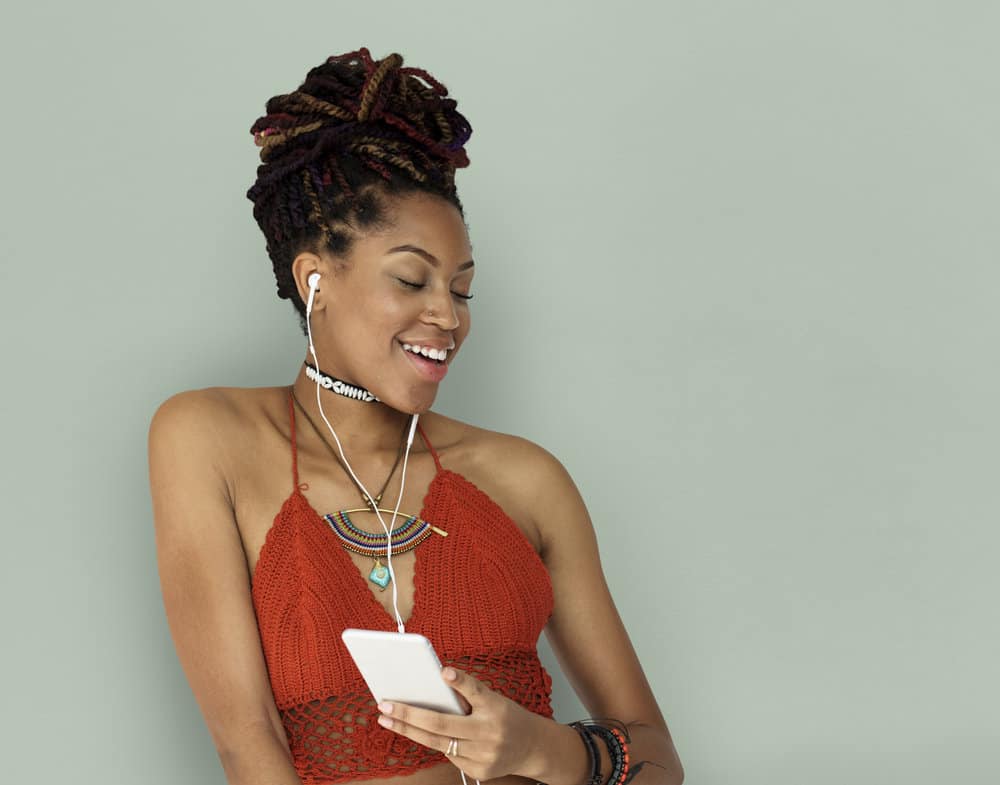
Damage to the Hair Shaft
Damage to the hair shaft can lead to many problems, including buckshots. One of the most common types of damage is caused by styling tools like curling irons and flat irons.
These tools can heat the hair to temperatures of over 400 degrees, which can cause the hair shaft to become brittle and break off. In addition, chemical treatments like relaxers and dyes make it more prone to splitting and breaking.
Hair Neglect
Leaving kinky hair to fend for itself can lead to buckshots. When you don’t give your hair the TLC it needs, it won’t be able to handle regular styling and maintenance. The result is unruly patches of hair that don’t look or feel good.
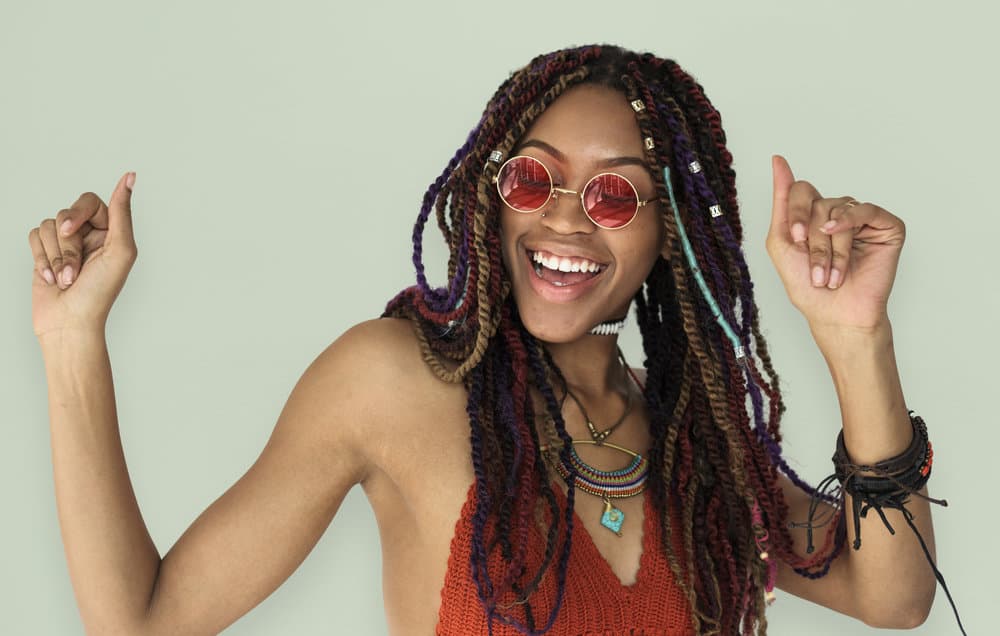
9 Ways to Fix Damaged, Unruly Hair
If you’ve got buckshots and want to do something about it, you can! No one has to deal with the ridicule and dirty looks that come along with buckshots.
In this section, we’ll tell you nine ways you can fix problematic nape hair so you can turn your attention to better things:
1. Use a Deep Conditioner
A deep conditioner is like a jam-packed conditioner that gives your hair the extra hydration and nourishment it needs to look and feel its best.
You can use a deep conditioner once a week or every two weeks, depending on how damaged your hair is at the nape. If your hair is extremely dry and brittle, you may want to use a deep conditioner more often.
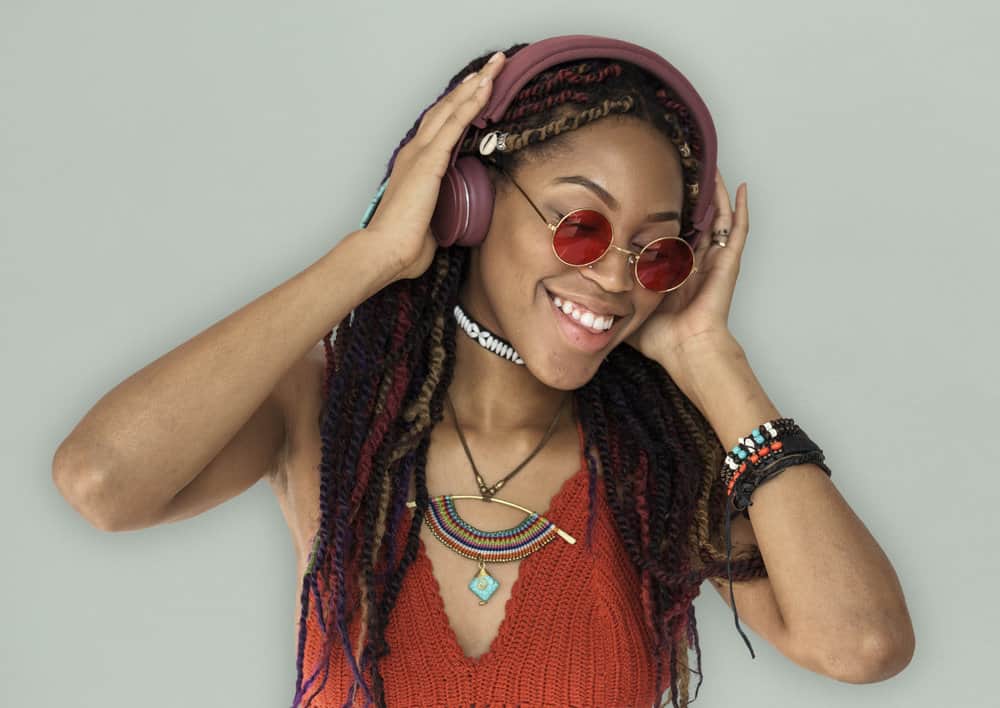
2. Use a Hot Oil Treatment
Hot oil treatments are a great way to hydrate and nourish the hair. You can use almost any type of oil, but we recommend olive oil or coconut oil. These oils are packed with nutrients that can help to repair and protect the hair shaft.
To do a hot oil treatment, warm up ¼ cup of oil in the microwave or in a small pot.
Allow it to cool as needed – the oil should be warm. Then apply the oil to the hair at the nape of your neck and massage it in.
Then, cover your head with a shower cap and leave the oil in for at least 30 minutes. You can then rinse it out and shampoo it if your hair feels greasy.
3. Get a Trim
Look closely at the hair on the back of your neck and stretch out a few strands. Are your ends split into two or more sections?
If so, the next step is to get a trim.
If you leave your split ends alone, they will only get worse anytime you manipulate your hair. They’ll eventually split up to the roots, and you’ll have a hard time growing your hair out.
Trim or shave off that hair to get rid of any split ends and help prevent further damage.
Then, as your hair grows back in, be sure to use a deep conditioner and/or hot oil treatment to keep your hair healthy. You’ll then notice your hair growing and thriving over time.
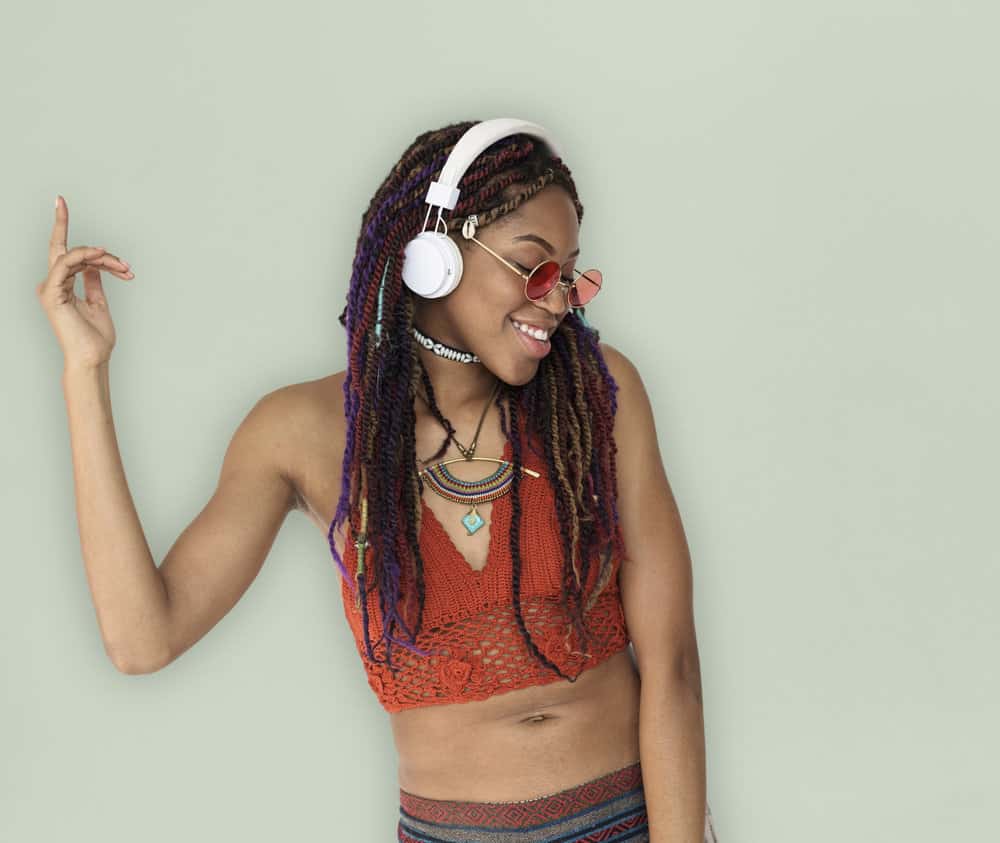
4. Don’t Wear Tight Hairstyles
When you wear tight hairstyles that put a lot of tension on the hair shaft, trouble is never too far behind.
Every time you wear your hair in tight ponytails, cornrows, or buns, you’re putting your hair at risk of breakage, overstretching, and other forms of damage that can start up buckshots or make them worse.
Instead, opt for looser styles that won’t pull on your hair. You can also try using soft scrunchies or ouchless hair ties to minimize the risk of damage.
5. Be Careful When Detangling Your Hair
Are you too tough when detangling your hair? If you’re not careful, you can weaken and snap off your strands. When you brush your hair, start from the bottom and work your way up.
Also, use a wide-tooth comb and a slippery detangler to gently work through those knots. Your hair will thank you!
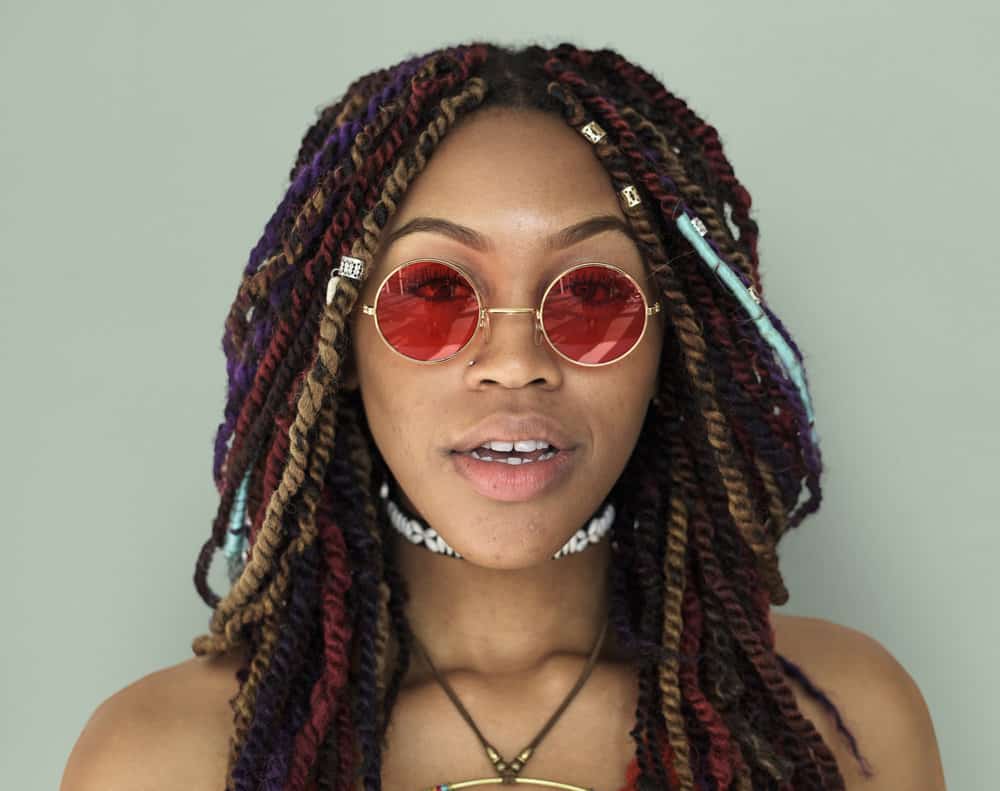
6. Avoid Using Heat Styling Tools
Heat styling tools can wreck your hair in a hurry, especially if you’re using them often. If you can, avoid using heat-styling tools altogether.
If you must use them, apply a heat protectant beforehand and keep the temperature low. This will help to minimize damage, so your hair will grow longer and healthier.
7. Be Gentle With Your Hair
This may seem like common sense, but it’s worth mentioning. Your hair is delicate, so you need to be gentle with it. Avoid using harsh chemicals and treatments, and handle your hair with care. The gentler you are, the healthier your hair will be in the long run.
8. Avoid Using Chemical Treatments
If you’re dealing with buckshots and are thinking about using any kind of chemical treatment on your hair to tame it, stop right there.
Chemical treatments will only further damage your hair and make it more difficult to manage. Instead, opt for natural solutions like deep conditioning and regular trims.
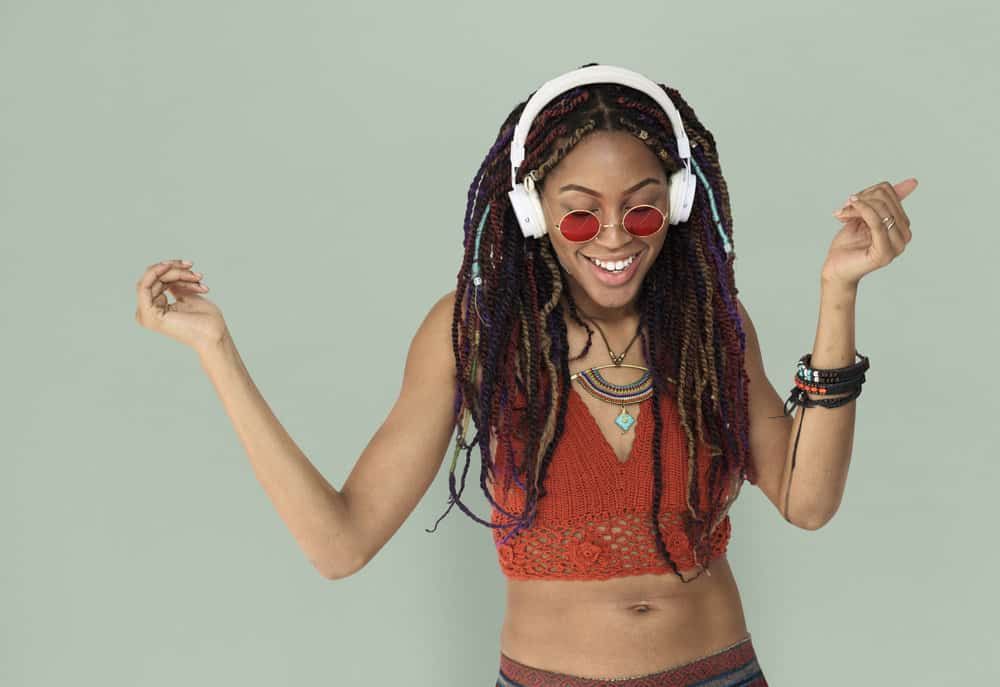
9. Don’t Be Afraid to Ask For Help
Sometimes, fixing problematic hair takes a village! If you’re struggling to manage your buckshots on your own, don’t be afraid to ask for help from a stylist who knows natural hair. They can give you advice on the best products to use and how best to take care of your hair.
With a little care and patience, you can transform your buckshots. Just be patient and remember that there’s an element of trial and error involved in finding what works best for you.
But once you find a routine that works, you’ll be able to show off your healthy, beautiful hair with confidence.
We hope that this article has provided answers to all of your questions about buckshots. And we wish you the best as you give your hair the care it desperately needs. Good luck with your hair!



